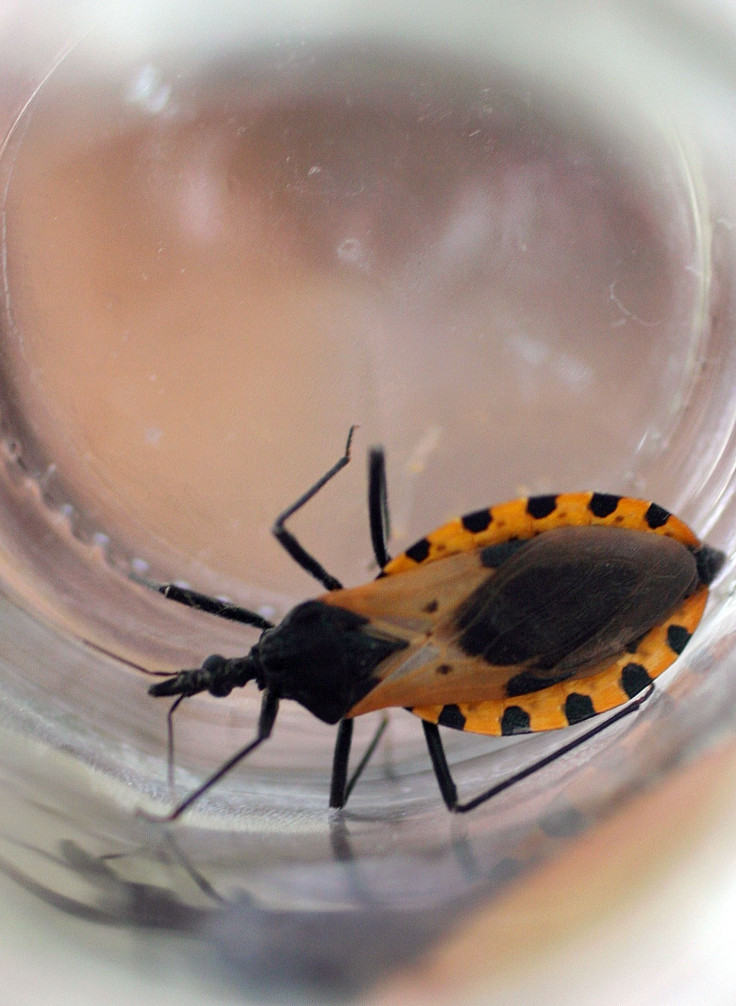Kissing Bug Facts: Chagas Disease-Causing Potentially Lethal Insect Spreads To Delaware

The Centers for Disease Control and Prevention (CDC) confirmed the sighting of a kissing bug for the first time in Delaware, last week, after a family living in Kent County contacted local health authorities in July 2018.
In an April 19 report, the CDC said the family contacted the Delaware Division of Public Health (DPH) and Delaware Department of Agriculture (DDA) after an insect had bitten their child's face while she was watching television in her bedroom in the evening. They were concerned about a possible disease transmission.
DDA staff preliminarily identified the insect as a Triatoma sanguisuga, also known as a kissing bug. DPH also conducted an investigation into the matter and discovered that the family resided near a heavily wooded area and a window air conditioning unit was located in the bedroom of the girl where she was bitten.
“DPH and DDA jointly contacted Texas A&M University’s Kissing Bug Citizen Science Program, a multidisciplinary research program aimed at documenting and collecting kissing bugs from across the United States. The insect was identified based on a photograph as Triatoma sanguisuga, a vector that can transmit the protozoan parasite Trypanosoma cruzi [T cruzi] which causes Chagas disease," CDC's report said.
The girl who was bitten did not get sick. Texas A&M University had received reports of a suspected kissing bug in Delaware in July 2017. But the sighting was not confirmed at the time as the insect was found dead, and no one was reported bitten.
“Chagas disease... causes chronic heart disease in about one-third of those infected. Over the past 40 years, Chagas disease has spread to areas where it had not traditionally been seen, including the United States,” the American Heart Association said in a report in August.
Although the bug was more commonly found in Central and South America, affecting at least eight million people in those areas, a CDC report published in December 2017 said it infected 300,000 people in the U.S.
Here are some facts about kissing bug and the Chagas disease:
1. The T cruzi is sometimes called the "silent killer" because many people who get infected by the parasite don't show any symptoms right away, even though acute Chagas disease occurs immediately after infection.
2. After the bug bites a human on the face, it proceeds to defecate on the open wound, releasing the harmful parasites along with it. When a person scratches at the open wound afterward, he or she unknowingly pushes the parasites into the open wound and eventually into the body.
3. The infected person may develop a fever and/or swelling around the wound left by the bug’s bite. In rare cases, the infected person experiences inflammation of the heart muscle or the brain and lining around the brain. In most cases, the infection is mild or asymptomatic although the parasites may circulate inside the bloodstream for up to weeks or months.
4. Caryn Bern, a professor of epidemiology and biostatistics at the University of California, said, “Early detection of Chagas disease is critical, allowing prompt initiation of therapy when the evidence for cure is strong.”
© Copyright IBTimes 2025. All rights reserved.






















